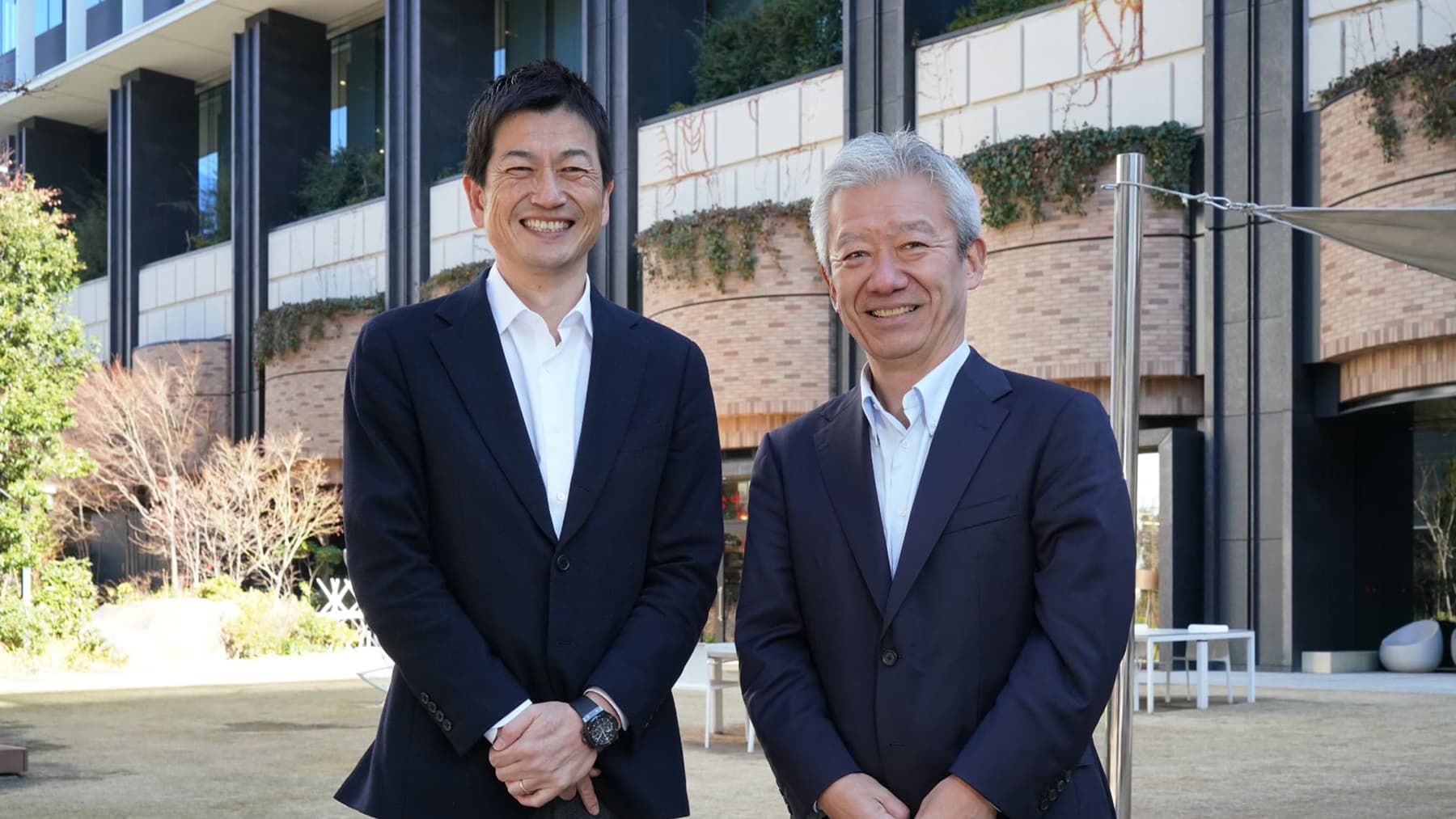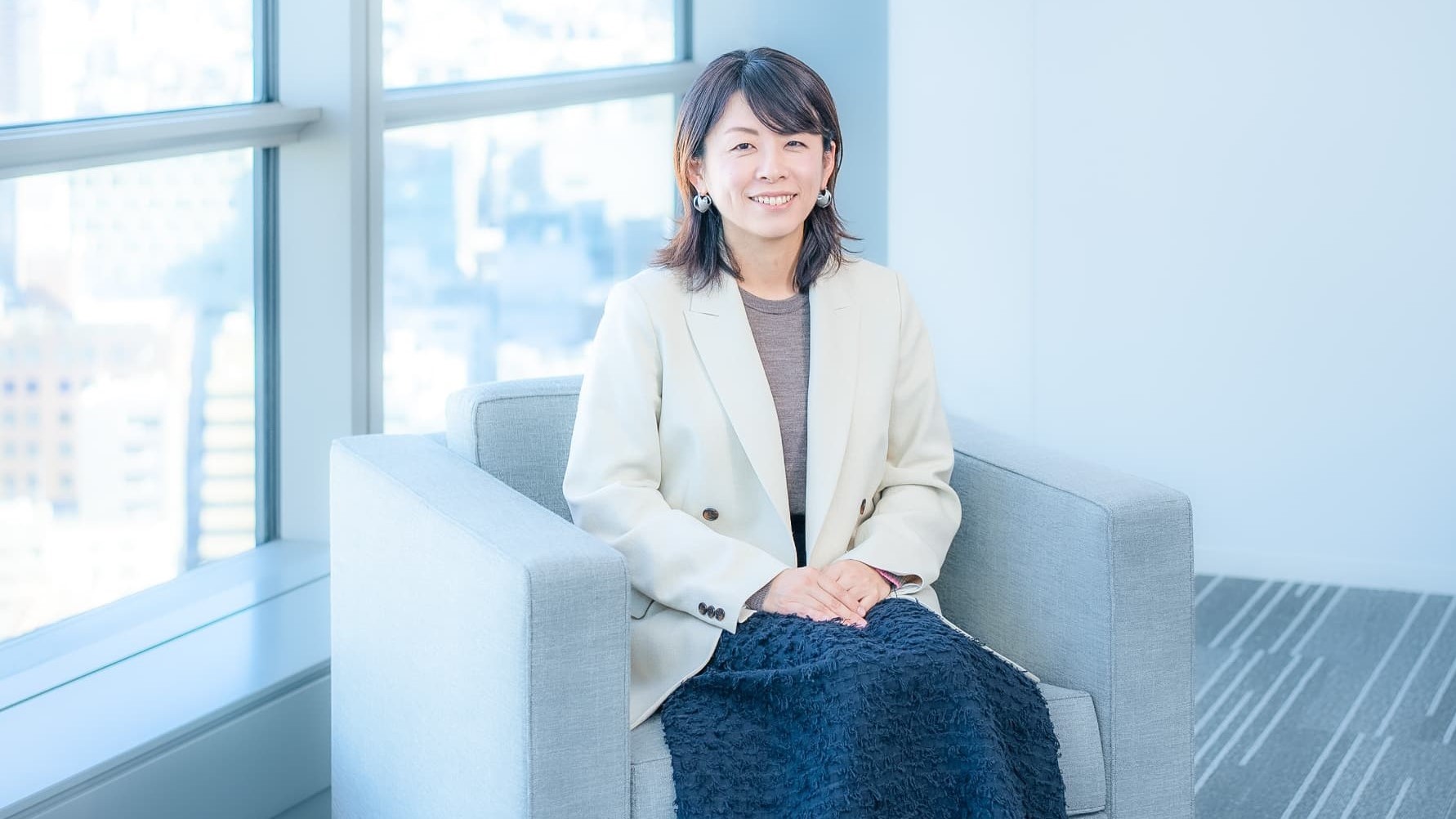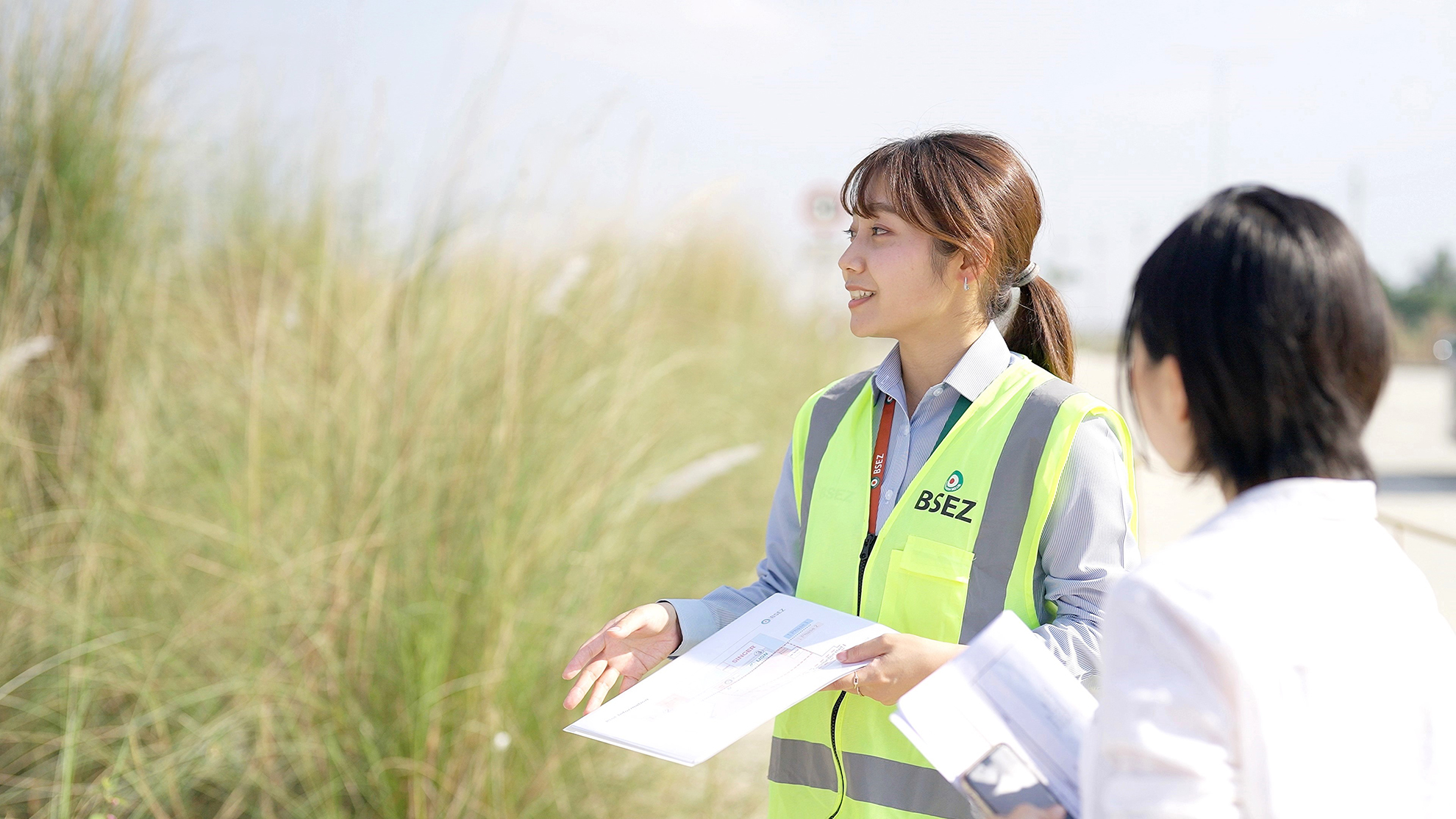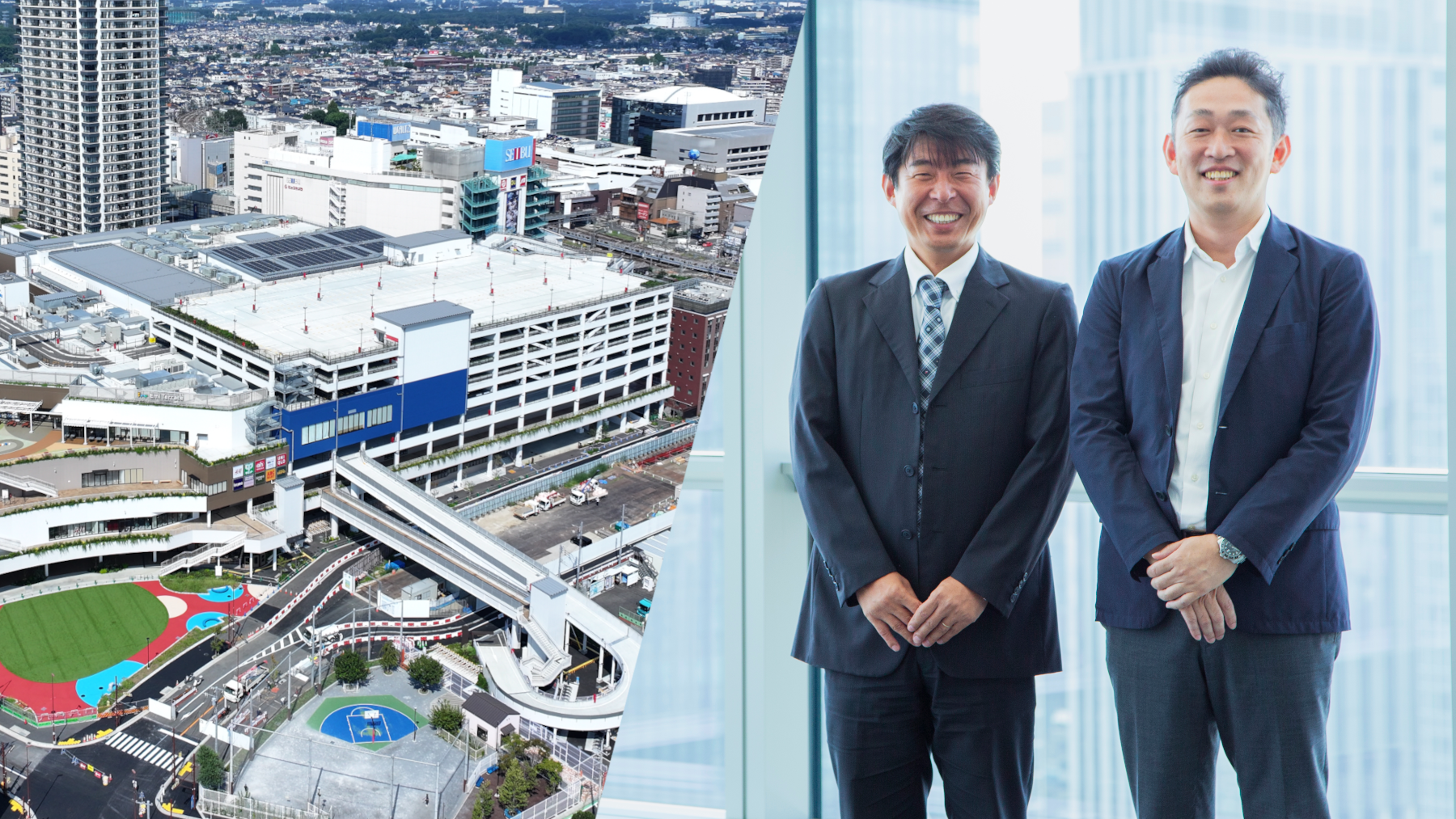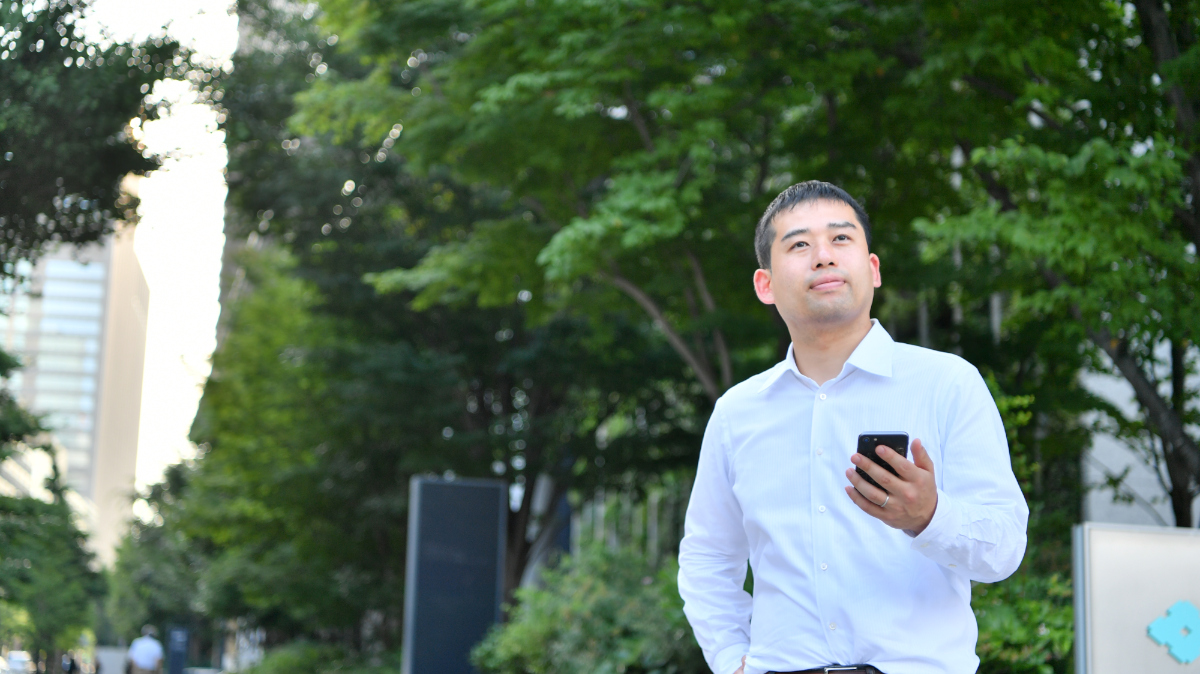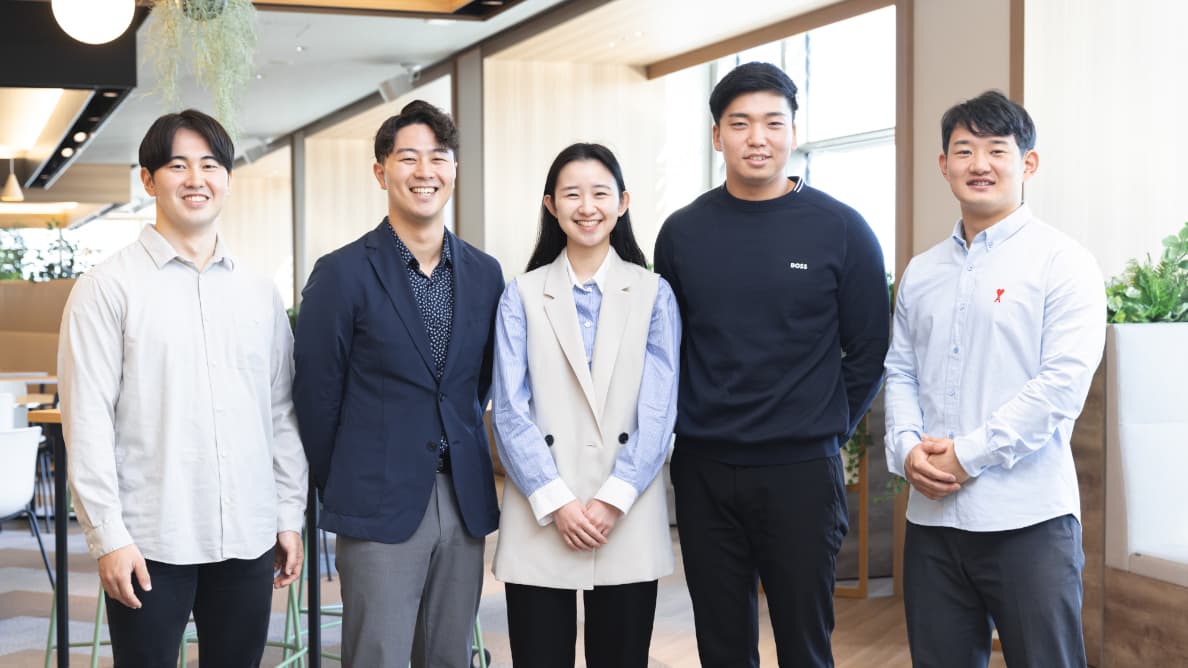
- TOP
- Enriching+TOP
- Saving a Rail Line in Crisis: How an Urban Rail Rehabilitation Project Transformed Manila
2025.5.13
Business
Saving a Rail Line in Crisis: How an Urban Rail Rehabilitation Project Transformed Manila
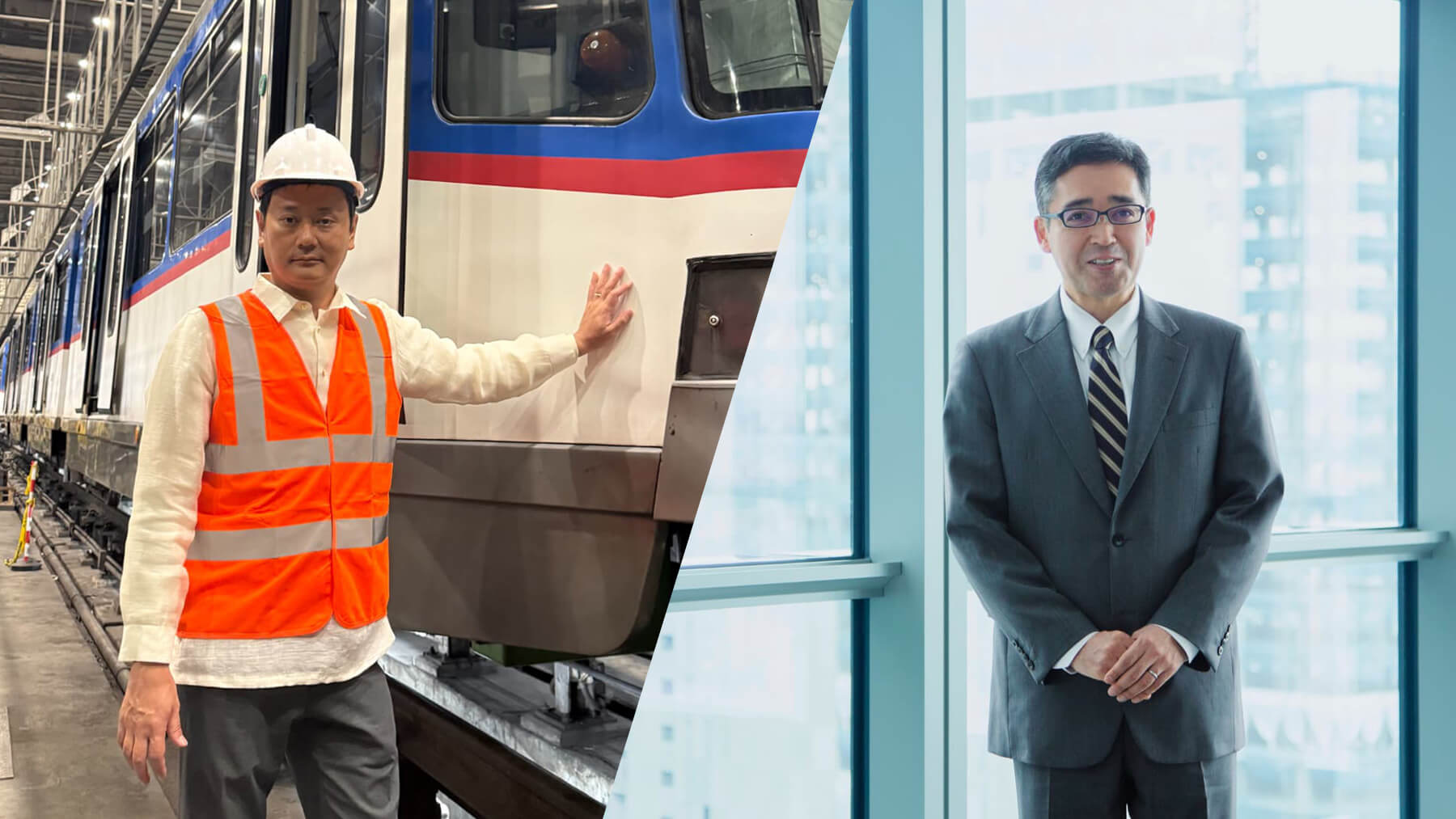
Railways are a lifeline for both people and industries, playing a vital role in urban functionality and economic growth. Today, their value extends even further – reducing environmental impact, revitalizing real estate around stations and lines, and creating business opportunities through the flow of people and data. The railway sector is one of Sumitomo Corporation's longest-standing areas of business. We spoke with two key figures behind the successful rehabilitation of Manila's Metro Rail Transit System Line 3 (hereinafter, “MRT-3”), a project led by Sumitomo Corporation that brought a struggling transit system back to life.
-
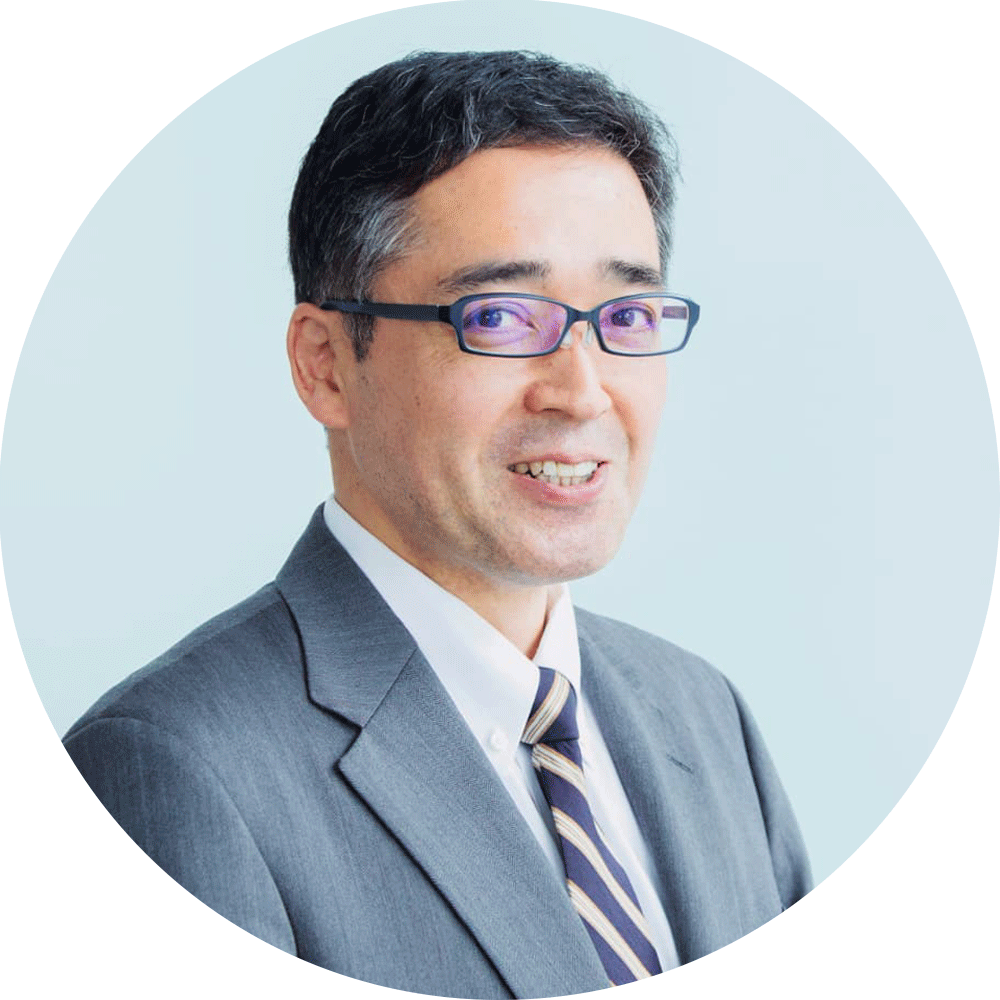
General Manager, Transportation Systems & Infrastructure Business Unit, Sumitomo Corporation
Masanori Honda
Honda joined the company in 1997 and was assigned to the Transportation Equipment Project Department (now the Transportation Systems & Infrastructure Business Unit). Since 2005, he has been fully engaged in railway projects in Manila. He served as Head of Infrastructure at Sumitomo Corporation of the Philippines (based in Manila) starting in 2018 and assumed his current role in April 2024. He led the MRT-3 rehabilitation project.
-

General Manager, Infrastructure Business, Sumitomo Corporation of the Philippines (based in Manila)
Tomoki Takahashi
Takahashi joined the company in 2005 and began his career in the HR department before transferring to the Transportation Equipment Project Department (now the Transportation Systems & Infrastructure Business Unit) in 2008. He was stationed in Indonesia from 2013 to 2018. He has been based in the Philippines since 2020, working on business planning and new projects in the railway sector, including station development and retail initiatives.

- Congestion and Air Pollution: Why Urban Rail is Essential for Developing Cities
- Manila's Failing Rail System as a National Issue: "We Need Sumitomo Corporation Back"
- Rehabilitation During the COVID-19 Pandemic: Rising to the Challenge for the People of Manila
- A Trading Company's Unique Approach to the Railway Business: Global Technology and Services
Congestion and Air Pollution: Why Urban Rail is Essential for Developing Cities
Could you walk us through Sumitomo Corporation's involvement in the railway sector and where you're focusing today?
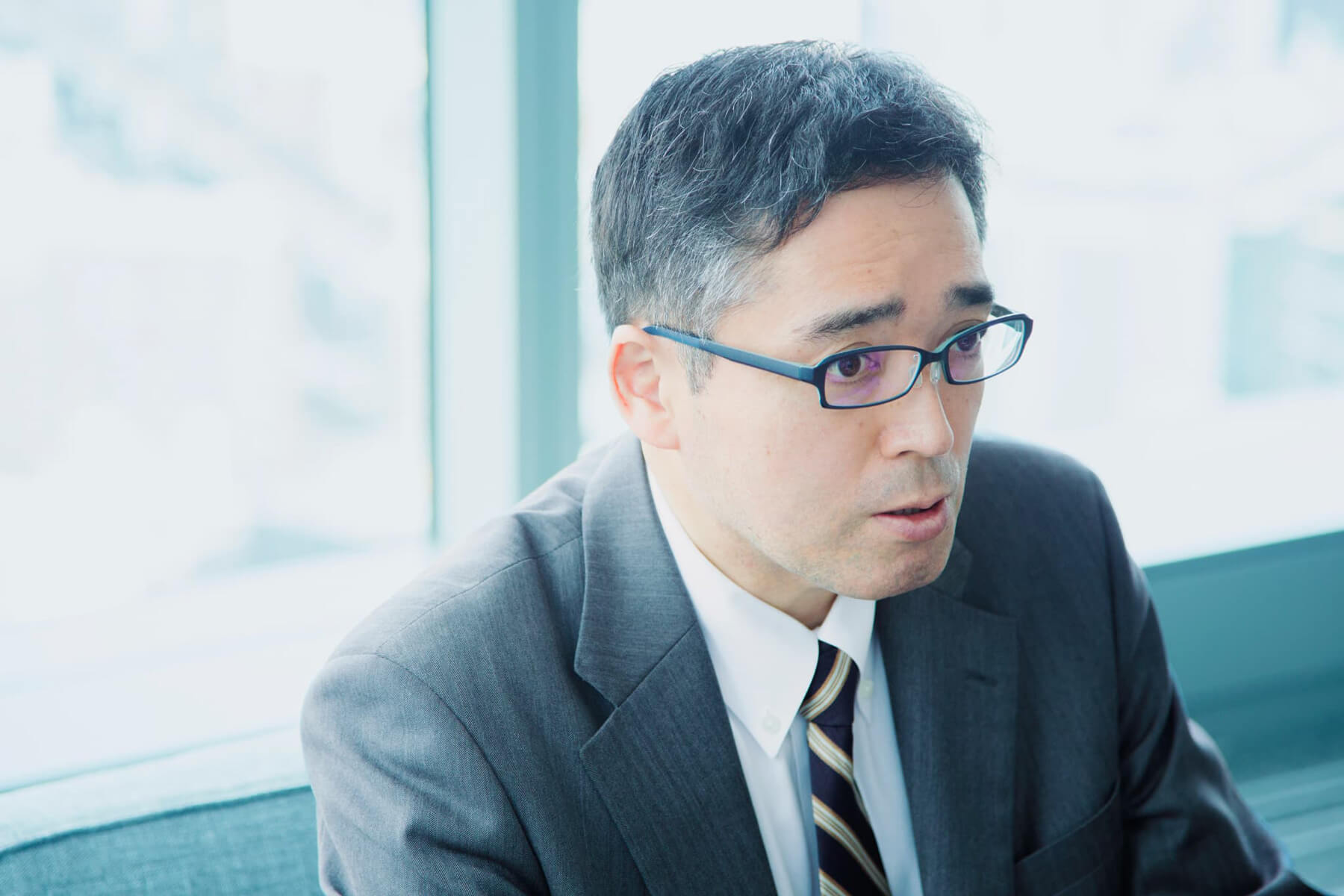
HondaSumitomo Corporation's railway business dates from the 1940s, when we began exporting wheels and axles for trains made by Japanese manufacturers. By the 1950s, we had expanded to exporting freight and passenger cars. From the 1980s onwards, we began focusing on exporting entire railway systems, including onsite installation. Today, we handle "full turnkey" (*) contracts covering everything from civil engineering and construction to rolling stock and rail operation systems. We've also moved into the railway business itself, including investment and management.
TakahashiRight now, our strategic focus is on Asia. Many cities here are densely populated, with growing populations. To tackle serious issues like traffic congestion, air pollution and large-scale CO2 emissions – problems rooted in fragile urban transport networks – railway infrastructure is essential.
HondaMetro Manila is a prime example. The area is roughly the same size as Tokyo's 23 wards, but with 1.5 times the population, at around 14 million people. Population growth is expected to continue until at least 2050, cementing its status as a major Southeast Asian metropolis. And yet, the city has only three rail lines. Compared to Tokyo's 80-plus lines, the need for substantial rail development is clear.
* "Turnkey" refers to delivering a project in a ready-to-use state – literally, "just turn the key."
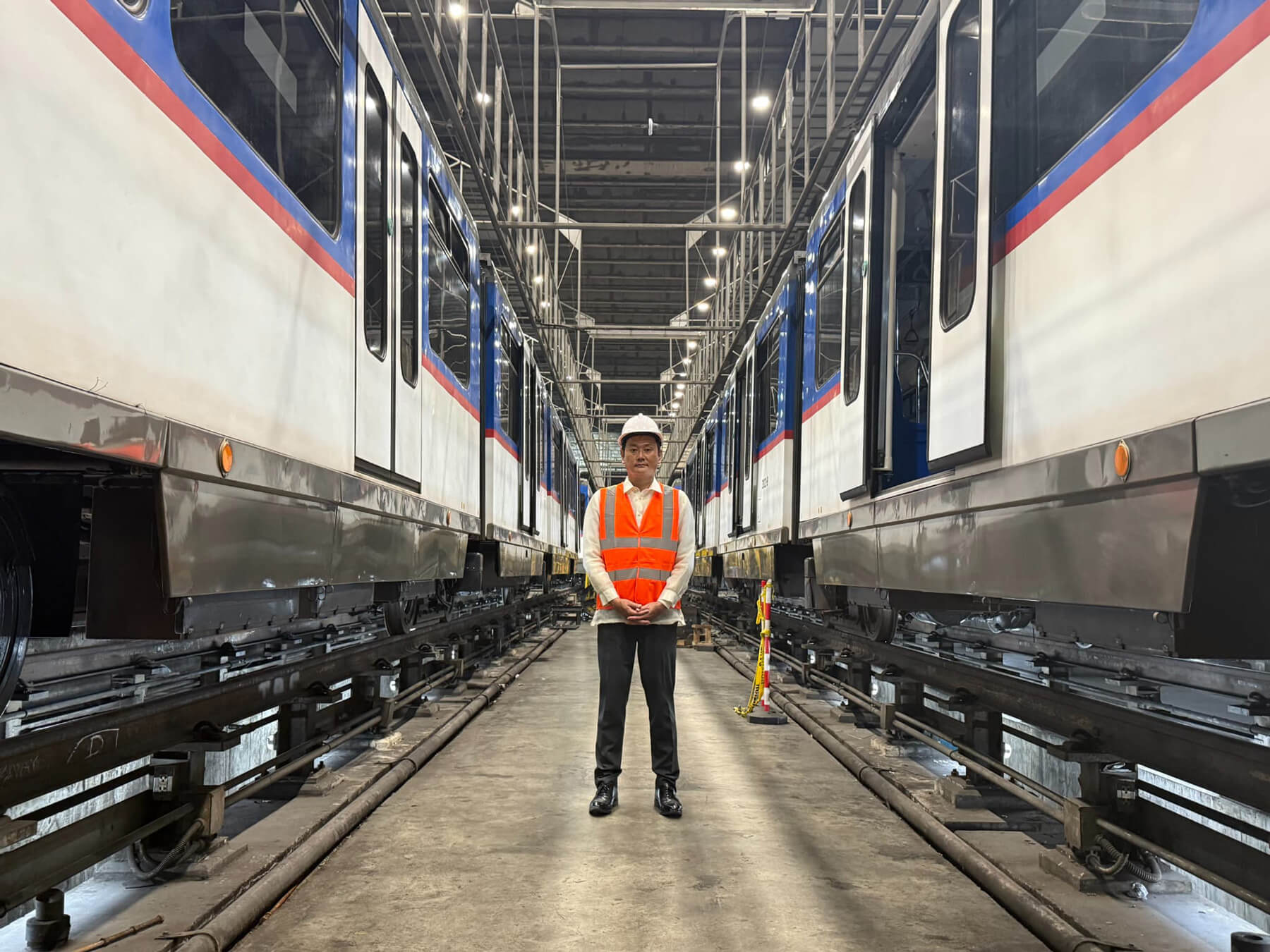
Manila's Failing Rail System as a National Issue: "We Need Sumitomo Corporation Back"
What is MRT-3 specifically, and why is it so important?
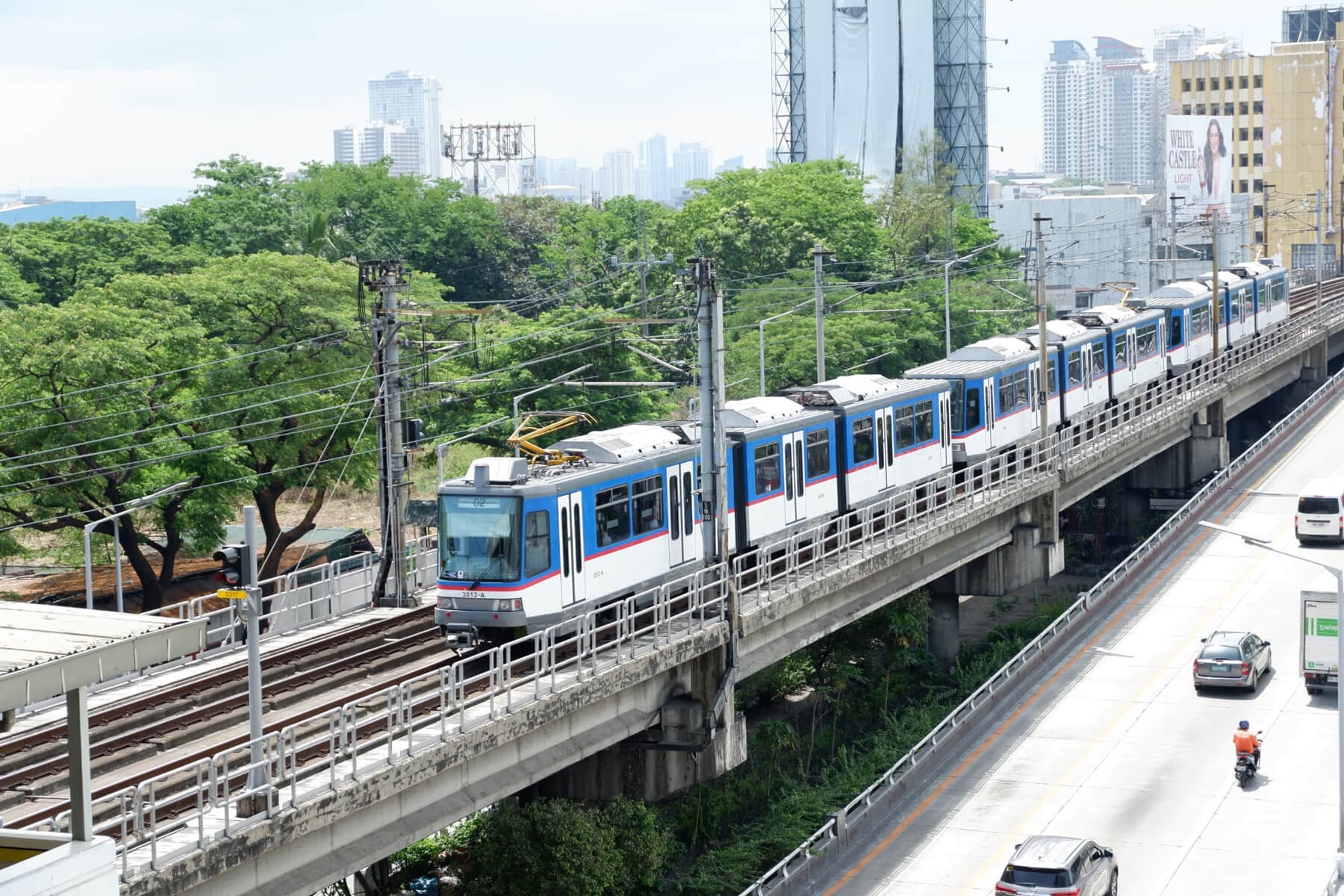
TakahashiMRT-3 spans 17 kilometers with 13 stations, running through key business districts and upscale residential areas. In 1997, Sumitomo Corporation and Mitsubishi Heavy Industries (MHI) secured a full turnkey contract covering civil works, rolling stock and systems for MRT-3. It was completed in 2000 and went into service the same year.
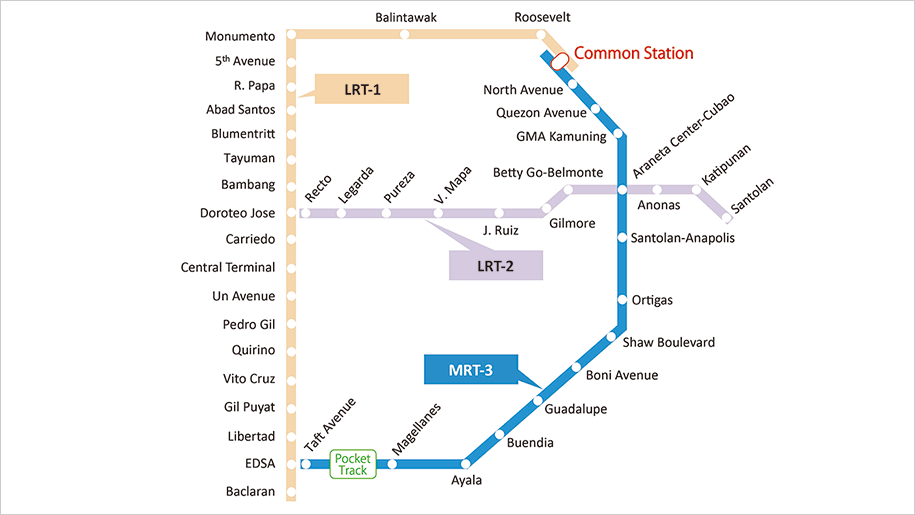
HondaThe project was implemented through a Public Private Partnership (PPP), with private companies responsible for construction and maintenance. But the Philippine government at the time had a poor credit rating, making other private firms hesitant to get involved. President Fidel V. Ramos himself reached out directly to ask if Sumitomo Corporation could take on the project. While other companies backed off, we saw long-term potential in the Manila rail business and stepped in – a decision that gave us an advantageous position in the Asian railway sector down the line.
In 2018, Sumitomo Corporation was re-contracted for the rehabilitation of MRT-3. What happened between the line's completion and 2018?
HondaAfter completion, Sumitomo Corporation and the MHI Group were contracted to provide maintenance services on the line for 12 years. But following a change in administration, the contract was handed off to local firms. Maintenance providers changed three times, and each change brought a decline in service quality. The trains and systems deteriorated – top speeds fell from 60 km/h to 30 km/h, trains stalled between stations, and in some cases the trains even emitted smoke. Frequently, passengers were forced to walk along elevated tracks.
TakahashiCommuting in Metro Manila meant an average round trip of about six hours at the time. With service frequency and train speeds cut in half, MRT-3 became severely overcrowded. Station wait times ballooned, adding massive stress to daily life. The estimated economic loss due to traffic congestion was around 6 to 7 billion yen per day.
It sounds like the system had become a full-blown social crisis.
HondaYes – public criticism of the government was mounting, and in 2017 the Department of Transportation formally requested that Sumitomo Corporation return. Given the history and complexity of the situation – restoring a system while keeping it running daily – it was a daunting task. But we felt that we were the only ones who could realistically pull it off. If we said no, the people of Manila would be left struggling. I returned to the Philippines, worked with MHI engineers to investigate the situation, identify the issues and develop a rehabilitation plan. With full support from the Japanese government, we managed to secure yen loan funding in under a year, an extremely fast turnaround, and signed the contract at the end of 2018.
Rehabilitation During the COVID-19 Pandemic: Rising to the Challenge for the People of Manila
Once work began, did things go smoothly?
HondaNot exactly. The COVID-19 pandemic hit in 2020, and all MHI staff were forced to return to Japan. I was the only one who stayed behind in Manila. The MHI team managed the site remotely, but progress inevitably slowed. One day, I was summoned by a Philippine counterpart. Expecting criticism, I was surprised when he tearfully thanked me and pledged to support us in any way he could. The MRT-3 was a vital lifeline for essential workers, and the transport minister had issued a strict directive that operations must not stop. With the Japanese engineers – our last resort – having returned home, I think the local project leader was understandably anxious. Nonetheless, he placed his trust in me and offered words of encouragement. That show of trust and support encouraged everyone involved, and we finished the rehabilitation work six months ahead of schedule at the end of 2021.

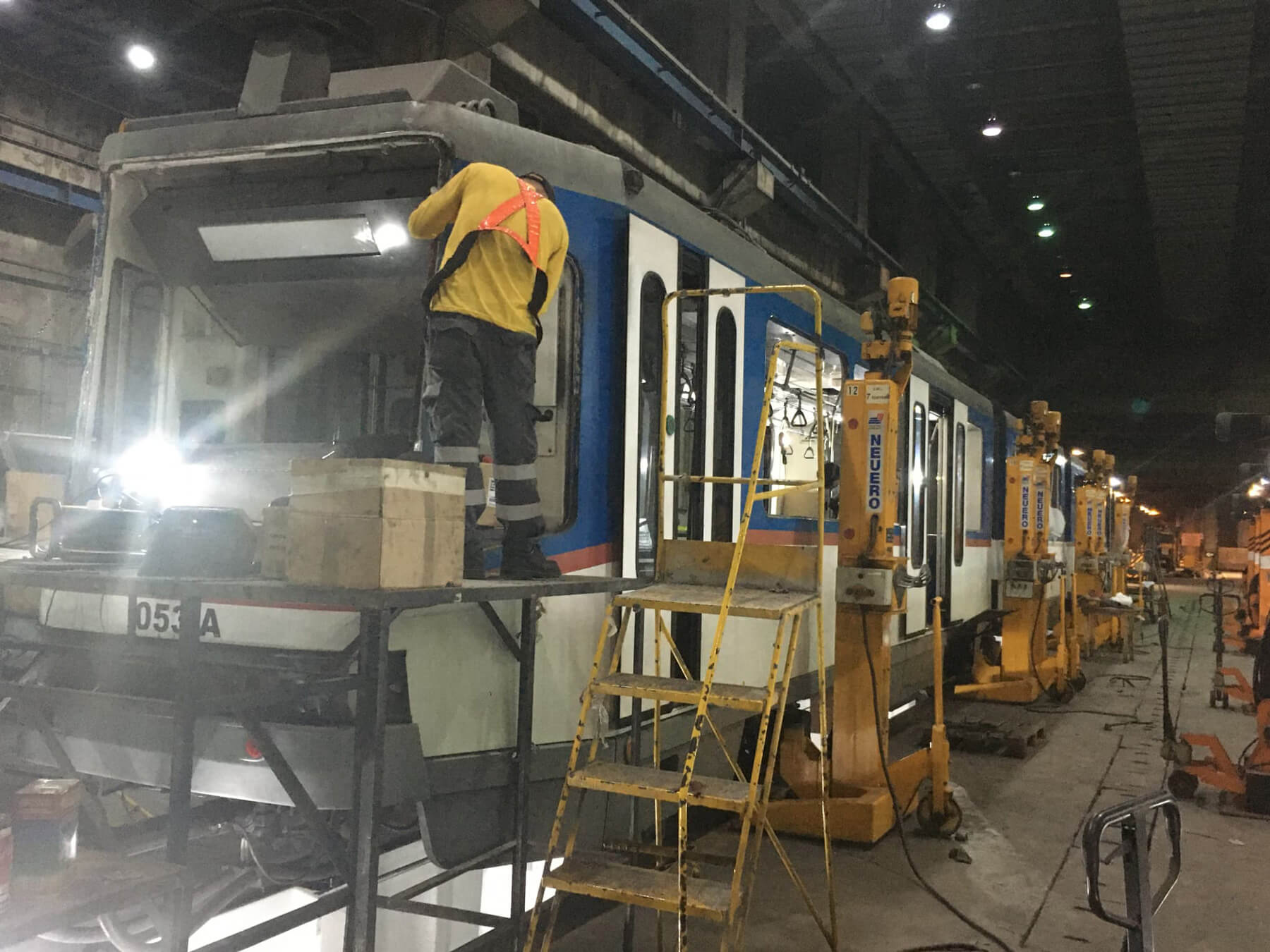
TakahashiWe only had a few hours each night – between the last train and the first – to carry out intensive work. Every step had to be meticulously planned. Unforeseen problems cropped up constantly: subcontractors ran into financial trouble making it difficult to continue operations, communication breakdowns led to customer complaints. Solving these issues, even beyond the technical side, became a key part of our job. The pressure to finish safely and on schedule was enormous.
HondaEven after the rehabilitation work was completed, there were still incidents like small fires breaking out inside trains and malfunctions in the signaling equipment causing service disruptions. These were due to the design and service life of the system, aspects that we didn't have any control over. Still, public expectations were sky-high, and every issue sparked criticism of the government on social media. Accordingly, we took it upon ourselves to be transparent, accountable and proactive in sharing updates, including negative developments.
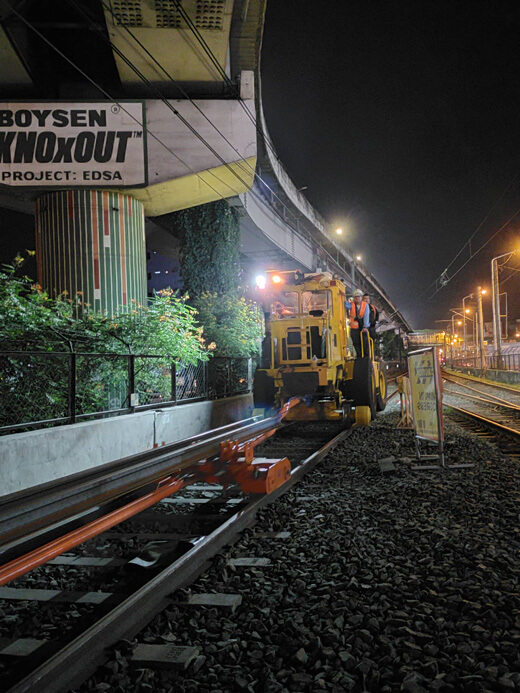
What has the public reaction been since the project was completed?
TakahashiPassenger numbers jumped from 31 million in 2020 to 135 million in 2024 – a more than fourfold increase. Seeing our work help alleviate traffic, reduce environmental impact and improve daily life is incredibly rewarding. Commuters have shared feedback including, "I don't have to leave home so early anymore," and "The air conditioning on Line 3 is fantastic!"
HondaWhen the Philippine government and the Department of Transportation told us that Sumitomo Corporation had saved them in their darkest hour, it made all our efforts worthwhile. The relationship of trust that was strengthened through this project led to new orders, including renewed maintenance contracts, involvement in other lines, and the supply of rolling stock for new large-scale projects.
TakahashiIn 2020, Sumitomo Corporation acquired shares in the LRT-1 project and began co-managing it. We've partnered with Japan's Hankyu Corporation – renowned for its customer satisfaction rating – and JICA, which has long supported Manila's railway development. We're also in talks with the Philippine government regarding our involvement in the management of MRT-3, which is scheduled for privatization. Moving forward, we aim to expand into station-front development and related areas to make Manila even more livable.
A Trading Company's Unique Approach to the Railway Business: Global Technology and Services
What is the future of Sumitomo Corporation's railway business?
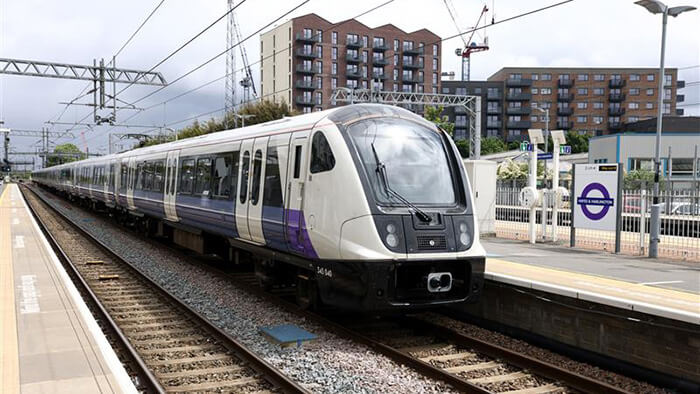
HondaIn 2024, we secured a contract, alongside UK-based rail operator The Go-Ahead Group and Tokyo Metro, to operate the Elizabeth Line, part of the London Underground. Operations are set to begin in May 2025. Looking ahead, our strategic focus includes Bangladesh, where multiple railway projects using Japanese systems are planned. Southeast Asia remains a key region, given its strong and growing demand for railway infrastructure. We are also exploring opportunities in North America – where we’ve maintained long-standing business relationships – for potential expansion into the freight rail sector.
TakahashiJapanese railways aren't just known for their reliability. They also boast groundbreaking innovations that were global firsts – like the Shinkansen, dedicated airport access lines and privatization through vertical separation of operations and infrastructure. We've also led the way in transit-oriented development, creating vibrant communities integrated with rail networks. Our goal is to leverage these uniquely Japanese strengths – along with the global business expertise and networks we've cultivated over the years – to bring high-quality railway technology and services to countries around the world.
HondaToday, more than half of the revenue generated by Japanese railway companies comes from non-transport sectors, such as real estate development in and around stations, fintech ventures stemming from fare payment systems, advertising and retail. In the same spirit, we're aiming to diversify by working across departments, integrating railway-linked real estate development and using passenger flow data to drive digital transformation. Above all, our mission as a trading company is to fully harness the infrastructure and touchpoints we’ve developed in the rail sector to create new, locally relevant businesses that meet the specific needs of each country and community we work with.


